Saturday is the big opening of the 205th edition of Bavaria's cultural touchstone.
It all kicks off with a parade of 1,000 brewers, barmaids and other booze purveyors onto the festival grounds.
In front of an audience of TV cameras, celebrities, and the city's great and good, the governing mayor of Munich taps the very first cask to cries of “O'zapft ist!” (it's been tapped) at noon.
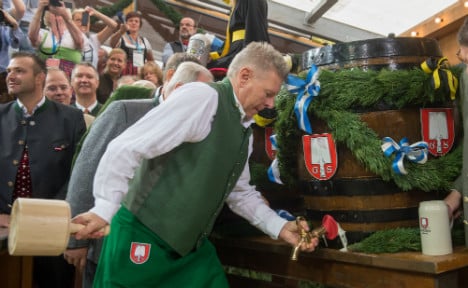
Munich mayor Dieter Reiter taps the first cask at Oktoberfest 2014. Photo: DPA
READ ON about Munich Oktoberfest traditions here.
Where's the pub?
Although we're sure that Munich's many drinking establishments will be happy to see you during festival season, the main action happens in the mighty tents on the Theresienwiese or 'Wiesn'.
More like temporary beer halls built out of solid wood, the 14 “tents” are each associated with a particular clientele and style of beer – as well as hosting different bands (although they'll mostly be playing Bavarian music of one kind or another).
Options range from the raucous, 10,000-capacity Hofbräu-Festzelt to the (slightly) more staid and well-to-do surroundings of the Schützen-Festzelt, the refuge of the city's more distinguished citizens (and more than a few celebrities).
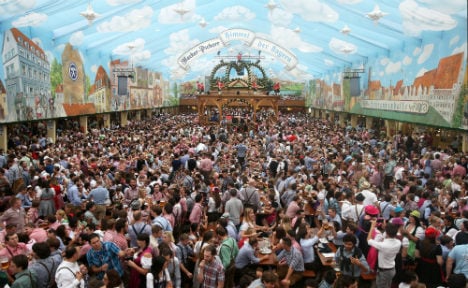
Revellers throng the Hacker-Pschorr Festzelt at Oktoberfest 2014. Photo: DPA
READ ON about Munich Oktoberfest's tents here.
What are we drinking?
At Oktoberfest, the only beer to be found comes from Bavaria's six grand old breweries – and is specially fortified with extra alcohol to make sure the festival goes well.
Just make sure that its low carbonation and slightly sweeter taste don't encourage you to take on a little more than you can handle.
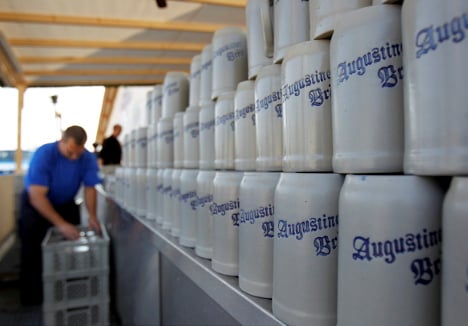
Racks of Augustiner litre mugs await the onslaught at Oktoberfest 2014. Photo: DPA
READ ON about Munich Oktoberfest's beers here.
How do we soak up the beer?
Oktoberfest isn't internationally renowned for its fine dining, but there are treats to be found for those willing to seek them out.
While most visitors will just be looking for something greasy to get their face around to alleviate their alcohol intake – and the biggest tents are only too happy to provide half a chicken or a buttered Brezel – gastronomes can find ample fare too.
There are an endless variety of stalls and sit-down restaurants offering delicacies from delicate veal schnitzel to delicious Kaiserschmarrn pancakes.
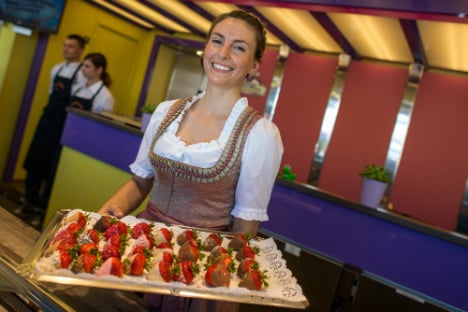
If you're really determined not to eat half a chicken, you can have some strawberries. But only with chocolate on them. Photo: DPA
READ ON about Munich Oktoberfest's food here.

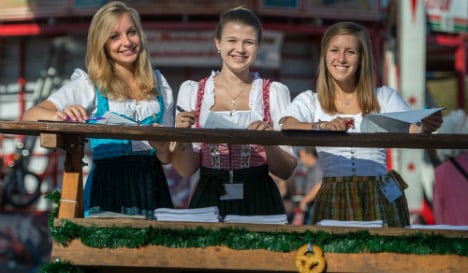

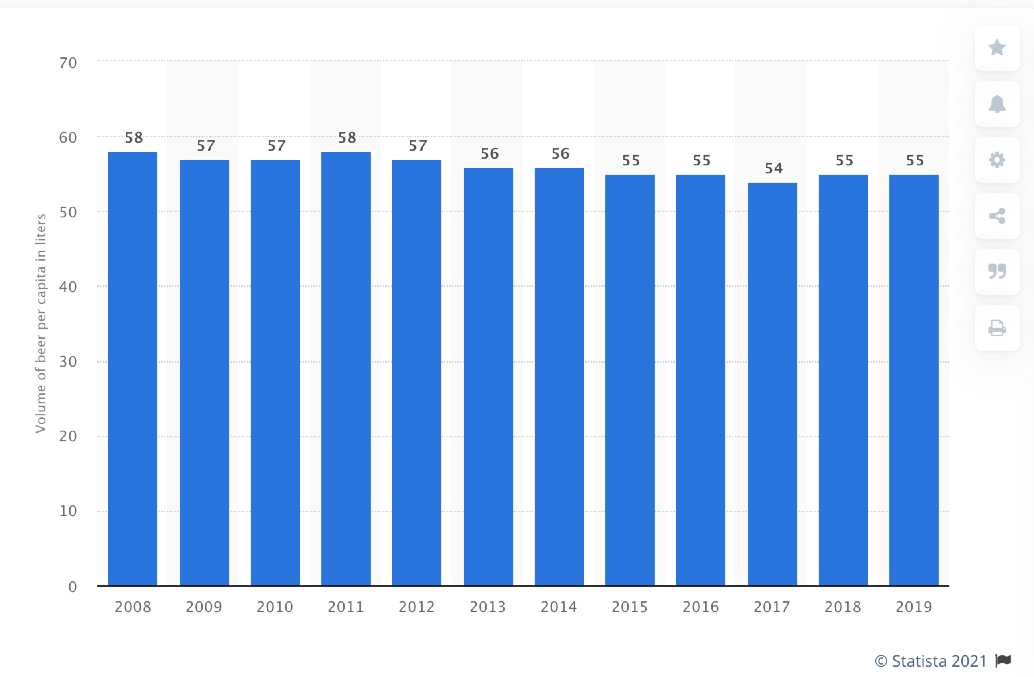
 Please whitelist us to continue reading.
Please whitelist us to continue reading.
Member comments